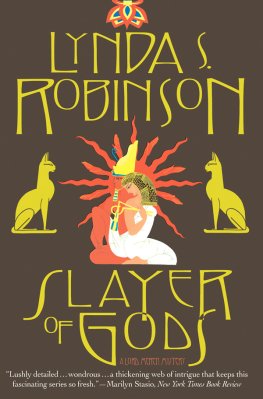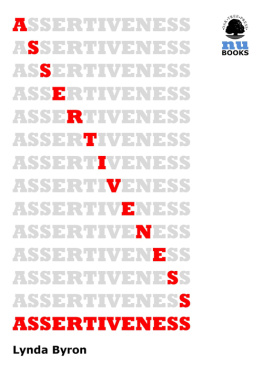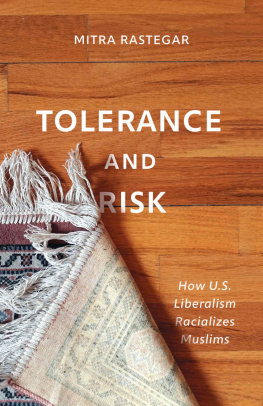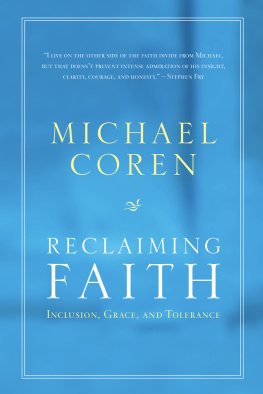YOUNG PEOPLE AND COMMUNITY SAFETY
Young People and Community Safety
Inclusion, risk, tolerance and disorder
Lynda Measor And Peter Squires
School of Applied Social Science
University of Brighton, UK
First published 2000 by Ashgate Publishing
Reissued 2018 by Routledge
2 Park Square, Milton Park, Abingdon, Oxon OX14 4RN
711 Third Avenue, New York, NY 10017, USA
Routledge is an imprint of the Taylor & Francis Group, an informa business
Copyright Lynda Measor and Peter Squires 2000
All rights reserved. No part of this book may be reprinted or reproduced or utilised in any form or by any electronic, mechanical, or other means, now known or hereafter invented, including photocopying and recording, or in any information storage or retrieval system, without permission in writing from the publishers.
Notice:
Product or corporate names may be trademarks or registered trademarks, and are used only for identification and explanation without intent to infringe.
Publisher's Note
The publisher has gone to great lengths to ensure the quality of this reprint but points out that some imperfections in the original copies may be apparent.
Disclaimer
The publisher has made every effort to trace copyright holders and welcomes correspondence from those they have been unable to contact.
A Library of Congress record exists under LC control number: 99085925
ISBN 13: 978-1-138-73664-1 (hbk)
ISBN 13: 978-1-315-18578-1 (ebk)
Issues of crime and disorder are often treated as simple phenomena to which, given the resources and the political will, relatively simple solutions might be applied. Without especially trying to dispel this piece of mythology, the research presented here goes some way to develop something of a more complex interpretation of the issues at stake. The research was originally commissioned by an inter-agency forum; the Brighton and Hove Coalition for Youth, as an investigation into the loosely defined question of 'juvenile nuisance.' More specifically, we were examining the problems said to arise from the large informal gatherings of young people 'congregating' or 'hanging about' in certain locations in Brighton and Hove. In the course of such events the young people engaged in a range of 'frowned upon' behaviours (under-age drinking and smoking, consumption of other substances and some exploratory sexual activity). Complainants reported disorder and disturbance, sometimes the police were called, sometimes a number of relatively minor criminal offences were involved.
As the research developed it became clear that there were a variety of ways in which the issue of 'juvenile nuisance' was interpreted and responded to. However, few of those involved appeared very satisfied by the ways in which the situations were currently handled. In the event, as the Coalition for Youth sought to develop a youth strategy, it became clear that a more searching investigation was required of the different perspectives and concerns of residents, services providers and, above all, of the young people themselves. The question of 'juvenile nuisance' began to fragment into a wider range of issues. These concerned: the provision of accessible and affordable facilities for young people, service delivery in communities, opportunities for young people, health promotion and risk reduction, police priorities and strategy and, especially, the relative tolerance (or forbearance) shown by the different communities themselves. In turn, many of these issues were influenced by factors relating to the coherence and quality of community life where, perhaps inevitably, issues of relative deprivation or social exclusion surfaced. The issues of juvenile nuisance did not entirely disappear but, as a prelude to addressing the needs of young people and their communities, it had to be contextualised, re-interpreted and properly understood. This is a step that is not always taken in policy making circles.
We were very grateful for the support provided for the research by the Coalition for Youth, in particular the members of the research steering group during 1996, including Nick Reeves, Peter Castleton, Joe Bodman, Pam Bowmaker, Brian Gill, David Standing, and councillors Tehm Framroze and Sue John. Many other people from a range of local services and agencies assisted the research process by either agreeing to be interviewed or facilitating the fieldwork process. Particular thanks here are due to Dennis Byrne and Pat Crowcroft. Students from the University of Brighton assisted with the survey administration in the schools and residential neighbourhoods and, most ambitious of all, at the congregations of young people themselves. Without their efforts and those of the young people they interviewed-this research would not have been possible. Finally, once again, thanks are due to Nicky Hobden, manager of the Brighton Police Data Centre, for the statistical information she made available to us.
Peter Squires and Lynda Measor
Brighton, 2000.
Community Safety Planning and Young People
This research was primarily concerned with some of the activities of young people, and related specifically to their interest in gathering in groups in public spaces. These gatherings, either large 'congregations' or small clusters of adolescents 'hanging about' have, over recent years, generated recurring fears and concerns on the part of local residents. In turn, local residents and community groups have repeatedly complained about the behaviour and demeanour of such young people and have looked, initially to the police and the local authority, to 'deal with' the young people involved. Often however, policing interventions have exacerbated problems and typically did little more than displace the activities complained of for a relatively short period of time. In framing the supposed 'problem' in this fashion, local communities and local agencies created an issue, which runs to the very heart of our contemporary notion of community safety. The research was commissioned by a consortium of local agencies (including the Police, the Health Authority and the local District Council, and involving a steering group comprising members and officers from those agencies and also the Youth Service, and a number of Voluntary Sector agencies). It offered a timely opportunity to investigate whether the emerging arrangements for community safety planning and community problem-solving could develop in ways that were inclusive of younger people rather than simply regarding them as a focal point of community concerns: in other words, as a problem requiring a solution.
In their local neighbourhoods, and adjacent parks and open spaces, groups of adolescents often gather together. This is by no means a recent development. In one form or another, this 'hanging about' activity has been much studied (Corrigan, 1979; Anderson et al., 1994). Although sociological studies have frequently demonstrated that such gathering activity is often fairly benign in character, it does give rise to fears and concerns which appear to undermine the quality of life for other residents. More recently such concerns appear to have grown alongside a certain 'demonisation' of young people (Brown, 1999). Many communities considered that the young people's activities undermined their quality of life. Yet, while many residents (and some through by no means all-agency representatives) seemed especially concerned about the problem of young people in their communities, our project was equally concerned with problems for young people in the areas in which they live. We were concerned to develop a programme of research activities, which investigated and explored the differing facets of this issue. In this sense, our own approach sought to remain faithful to the philosophy underpinning an inclusive 'community safety' perspective by not privileging, from the outset, one definition of the issue. For instance, it was as important for us to discover the factors influencing the development of effective and inclusive agency interventions as it was for us to unearth those which produced ineffective and counter-productive ones. We were as interested in the causes of community tolerance as in the factors prompting community intolerance. Finally, we wanted to know how the young people's gatherings might give rise to delinquent or criminal behaviour as well as the reasons when it did not do so.











